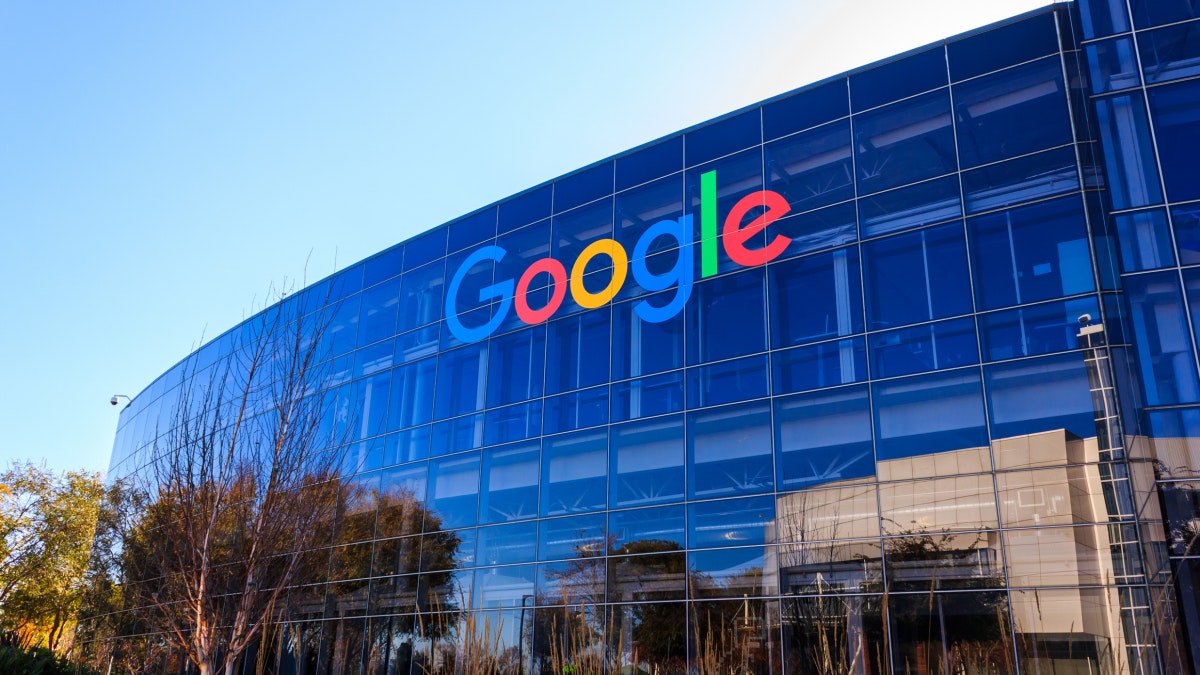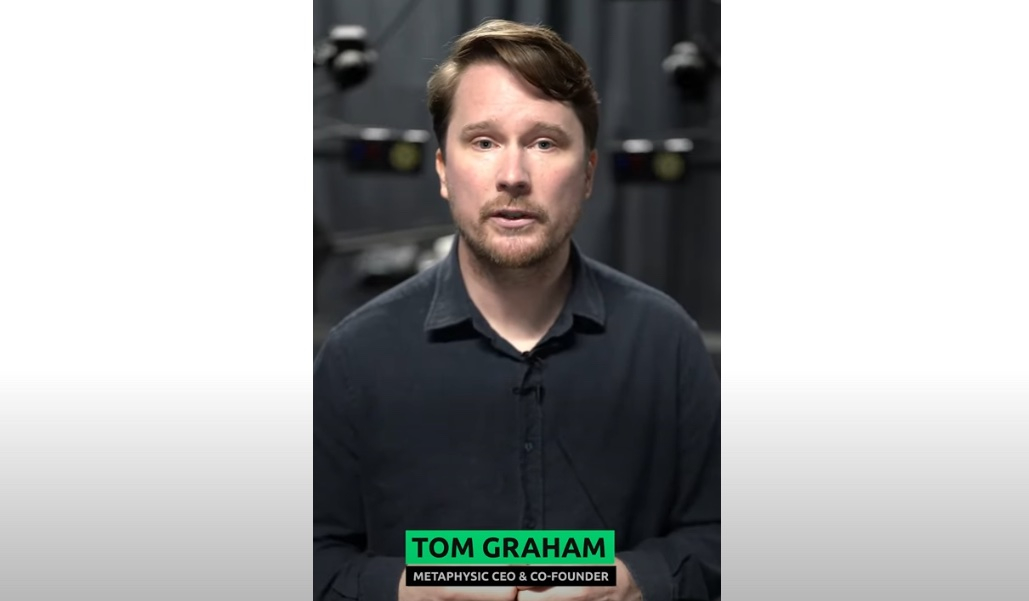Google discontinues individualized advertising
No time right now?
Google has announced that it will no longer show ads that can track people across multiple websites. That equates to the end of personalized advertising of current design.
Google wants to refrain from displaying advertisements by evaluating the surfing behavior of its users. However, it is precisely this advertising tailored to personal interests that is particularly effective and therefore attractive for advertisers. Inventory that cannot be personalized is nowhere near the price of customizable display space.
Contents
Techniques that individual users pursue are being abandoned
Specifically reads Google’s promise so. After the tracking cookies expire, the search engine giant will not develop alternative technologies or use existing ones that users can track.
In the corresponding blog post, Google manager David Temkin becomes clear:
“To keep the Internet open and accessible for everyone, we must all do more to protect privacy – and that means not only an end to third-party cookies, but also to any technology that is used to prevent individuals surfing the Internet Internet tracking. “
On closer inspection, Google’s announcement remains radical, but in the light of the efforts to find alternatives that have been advancing over the past two years, it seems only logical. With the package of measures called “Privacy Sandbox”, Google had already proposed concepts for a network without tracking in 2019 and thus received not only some praise but also a lot of criticism from data protectionists.
Google promises an equivalent alternative – without tracking
In particular, Google wants to expand one measure of the bundle in the future – the so-called FLoC. The “Federated Learning of Cohorts” is intended to bring large groups of people together in clusters and to work out commonalities from the group characteristics. The approach is to effectively make individuals “disappear in the crowd”. The device’s internal processing is used to protect your browser history.
In the latest tests of the FLoC technology, Google’s ad team found that advertisers can expect at least 95 percent of previous conversions. In contrast to Brachial Tracking, FLoC depends much more on individual parameters, such as the quality of the clustering algorithm and the target group to be reached. After Google has been fine-tuning the technology for over a year, we can assume that a mature alternative to the expiry of cookie tracking will be introduced.
In the second quarter of 2021, the search engine giant wants to make FLoC-based cohorts within Google Ads available to the first advertisers. David Temkin is convinced that it offers an equivalent solution to the previous targeting methods and at the same time can protect the privacy and security of browser users.
Waiver of advertising not to be expected
For Google not to advertise would be economic suicide. In the last quarter of 2020 alone, the group generated sales of 31.9 billion US dollars with ads in the Internet search environment – with total sales of around 47 billion dollars. The advertising turnover therefore represents around two thirds of the group turnover.
In the end, not that much will change for advertisers. Google’s competitors, especially Facebook, are more likely to break a sweat. For the blue giant from Palo Alto, doing without tracking by cookie or fingerprinting or in any other way has so far hardly been imaginable. Google’s latest announcement is almost certain to spark a frantic hustle and bustle here.



